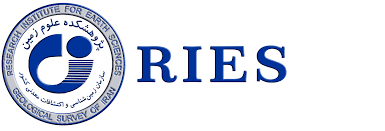- Proposal of ethical guidelines for the European Research Infrastructure EPOS
- Seismotectonics, Geomorphology and Paleoseismology of the Doroud Fault, a Source of Seismic Hazard in Zagros
- Active tectonics of the Zagros front, Aram Fathian PhD thesis
- Health risk assessment of the European inhabitants exposed to contaminated ambient particulate matter by potentially toxic elements
- Deciphering the chronology of Tepe Sialk (South) “Ziggurat”, North Central Iranian Plateau, through optically stimulated luminescence (OSL) dating
- A synoptic- and remote sensing-based analysis of a severe dust storm event over Central Asia
- Tracking of sea level impact on Caspian Ramsar sites and potential restoration of the Gorgan Bay on the southeast Caspian coast
- Deciphering the chronology of Tepe Sialk (South) “ziggurat”, North Central Iranian Plateau, through Optically Stimulated Luminescence (OSL) datin
- A new tsunami hazard assessment for eastern Makran subduction zone by considering splay faults and applying stochastic modeling
- Origin of fluids discharged from mud volcanoes in SE Iran
- The Decipherment of Linear Elamite Writing
